The CMA’s report on infant formula concluded parents are overpaying by £300 a year. How does it plan to tackle the issue and what’s the response?
Rampant inflation in infant formula prices may have peaked, but the Competition & Markets Authority remains concerned.
Last week, it published the final recommendations of an investigation into pricing that launched in November 2023.
The enquiry found parents could save around £300 a year by switching to a lower-priced formula brand, but often needlessly overspent at a “vulnerable moment, based on incomplete information”.
The CMA has made four recommendations: remove brand influence in healthcare settings; equip parents with information about nutritional sufficiency when they are shopping; strengthen labelling and advertising rules to remove intangible claims; and effectively enforce current and future legislation.
So can the recommendations address confusion for consumers? And what impact has the investigation already had on the infant formula market?
Inflation peaked
The launch of the investigation in 2023 coincided with a significant slowing of price increases, according to The Grocer’s analysis of Assosia data.
About 300 baby & toddler milk SKUs available across the traditional big four, plus Waitrose, Ocado, Iceland and Boots, rose in price by an average 20% between 2021 and 2023 [14 February 2021 vs 14 February 2023]. The same products have increased in price by just 4% since 2023 [14 February 2023 vs 14 February 2025].
It suggests the announcement of the CMA investigation provoked an impact, even before any findings were drawn.
Danone, which had a 71% share of the UK baby formula market when the investigation launched, reduced the wholesale price of its Aptamil baby & toddler formula brand by 7.1% in January 2024.
Iceland was the first retailer to announce it would bring down Aptamil shelf prices in line with the wholesale reduction, also in January last year. It cut the shelf price of the brand’s First Infant Milk, Follow-on Milk and Toddler Milk 1+ Year by 6.7%, from £12 to £11.20.
Sainsbury’s, Tesco, Asda and Morrisons quickly followed suit, reducing the shelf price of Aptamil’s First Infant Milk, Follow-on Milk, Toddler Milk 1+ Year, Toddler Milk 2+ Years, and Hungry First Infant Milk by 6.9%, from £14.50 to £13.50, in the same month.
Then, in February 2024, Iceland listed what it claimed were the “cheapest” formulas available in supermarkets, with SMA Little Steps First Infant and Follow On Milk at £7.95 for 800g. However, Aldi quickly dropped the price of its Mamia First Infant Milk 900g from £8.99 to £8.89 (equivalent to £7.90 for 800g).
Iceland executive chairman Richard Walker believes its campaign “triggered a bit of a price war”.
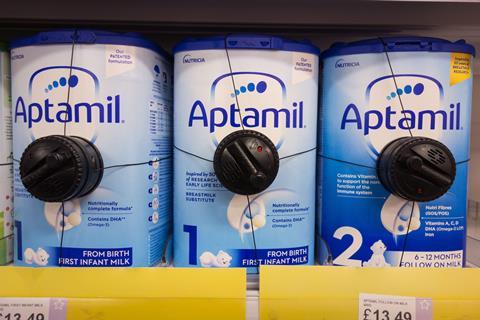
Not all retailer price cuts have been welcomed unanimously, though. While lowering prices on first infant formula, retailers also slashed the price of so-called ‘growing up’ milks. That’s a point of contention for Vicky Sibson, director at First Steps Nutrition Trust.
“Growing up milks aren’t regulated,” Sibson says. “They’re just sugary beverages, but they’re positioned and labelled and marketed as if they’re nutritious, and they’re not. Infant formula is the only formula a healthy baby needs.”
Sibson supports the CMA’s recommendation that “all brands of infant formula should be displayed together and in a separate cluster from other formula milks to enable quick and easy price comparisons”.
“I think it’s a great, very simple suggestion. If you’re just looking at a shelf where they’re all nutritionally comparable, you can compare the prices more easily.”
Retailer efforts to enact those recommendations have already begun. Last week, Iceland started rolling out new shelf-edge labels in 190 Food Warehouse stores informing shoppers of the equivalent nutritional sufficiency of all infant formula brands.
Featuring branding from charity Feed and a link to its website, the labels state: “First infant formula (stage 1) is all you need for your baby’s first year. By law, all first infant formulas must include the same ingredients, so all brands are nutritionally equivalent.”
However, The Grocer understands the wording is already facing a challenge from infant nutrition experts, who argue it is the nutritional composition that is comparable between infant formulas, rather than their exact ingredients. For instance, one may contain cows milk and another goats milk.
To help retailers align with the NHS and avoid misinformation, the Department of Health & Social Care should prioritise “clarifying the core message”, says Sibson. Signage featuring QR codes should redirect shoppers to NHS guidance only, she adds. “Parents want a single source of information. They don’t need any more branding.”
Feed co-founder and director Erin Williams says the wording on Iceland’s shelf-edge labels was simply “copied… from Scottish government communications”.
It was also “piloted with family support organisations, public health experts, medical professionals and families themselves, and nobody raised any concerns”, she adds.
Feed is now asking other retailers to join the pilot, which will include testing alternative wording “to determine what the most effective language is to reassure [families]”.
“The trick is trying to convey the nutritional equivalency in a short, concise, clear way, without getting kind of muddied down with complicated language,” Williams adds.
‘Intangible’ claims
Whatever the language used, the labels show retailers are keen to take the CMA’s recommendations on board. More controversy will likely lie in the communication by brands.
Danone this week told The Grocer its formulas were built “on 50 years of studying the composition of breast milk and its associated benefits” and “not all formula milks have the same nutritional benefits”.
However, Sibson insists these claims are “not true”.
This kind of concern is one the CMA is keen to address with its pledge to clamp down on “intangible” claims.
However, it is likely any big changes to Marketing legislation will take several years to come to fruition, as seen in the regulation of HFSS foods.
So as it waits for the clampdown on brand influence in healthcare settings, the NHS has asked the First Steps Nutrition Trust to develop a plain label for suppliers to use in the NHS supply chain.
The initiative kicked off in 2022, but uptake of the new label has been slow, says Sibson. “The challenge there is it requires a company to say they will do it, and they stand to lose out.”
Brands such as Hipp Organic argue there is a wider issue around plain packaging. “The proposed solution to enforce standardised milks packaging in hospitals sends the wrong signal,” UK MD Emma Rossington argues.
“I’m concerned it would perpetuate negative views about formula milks.”
So, as with any initiative around infant formula, the CMA’s recommendations seem destined to cause controversy. But the proposal to merchandise first infant formulas together – and the downward pressure on price in the wake of the investigation – can only be good news for parents.

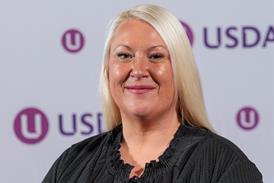
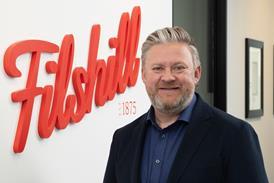

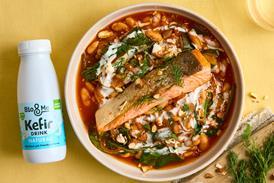


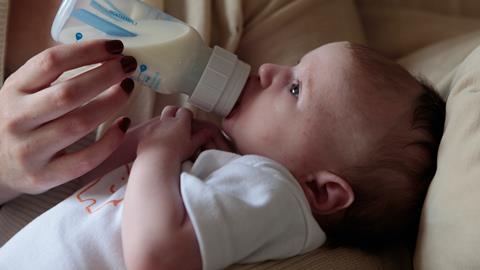







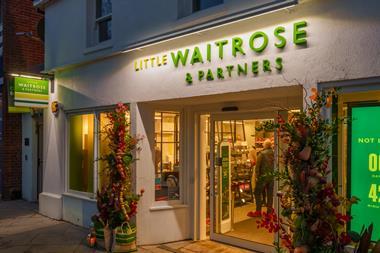

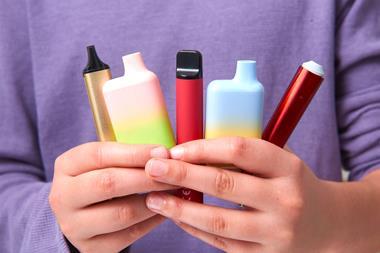




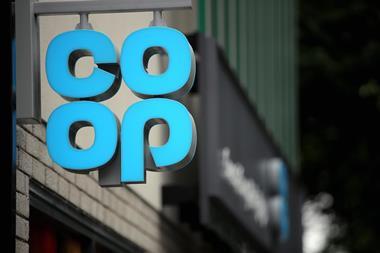

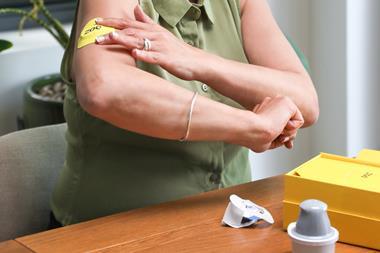
No comments yet